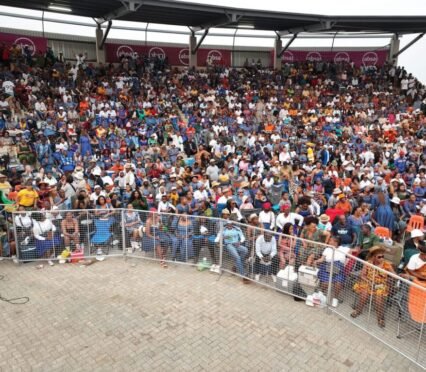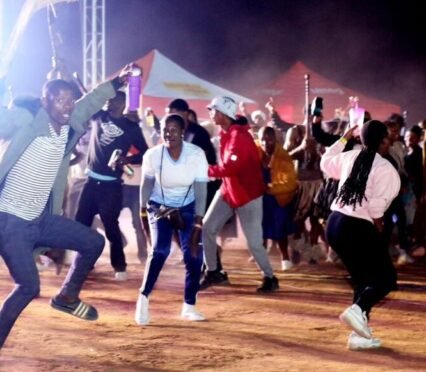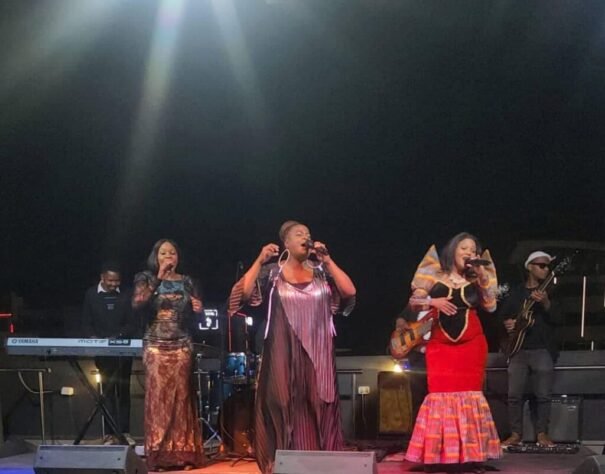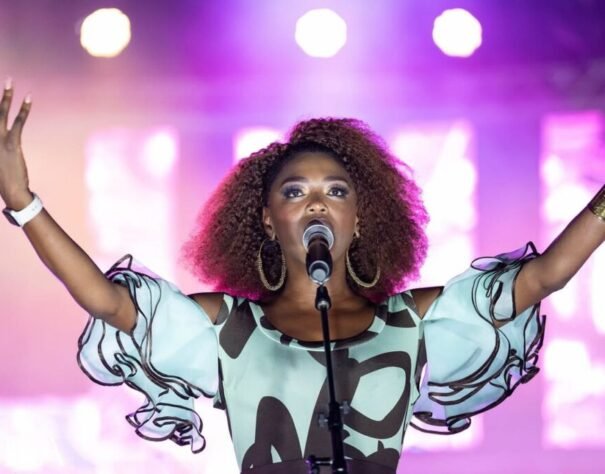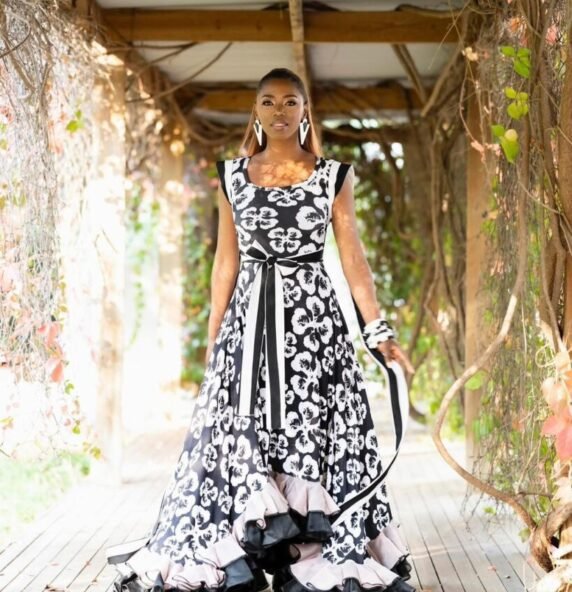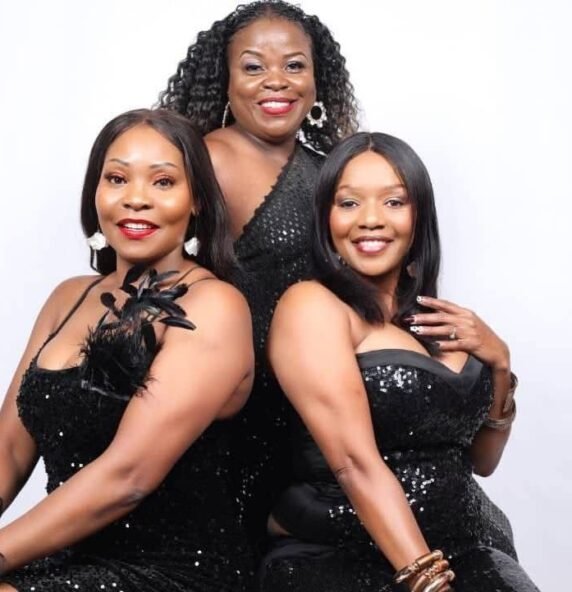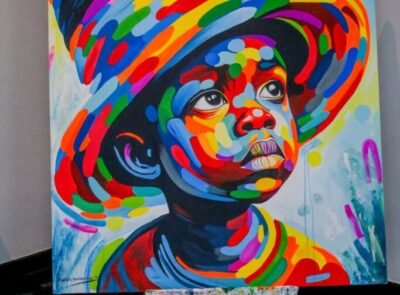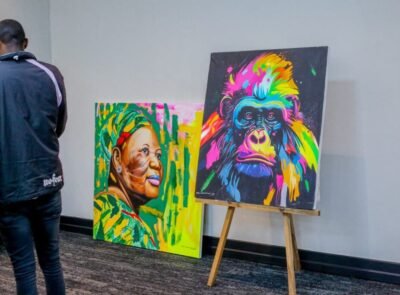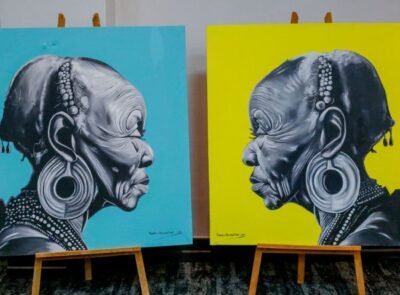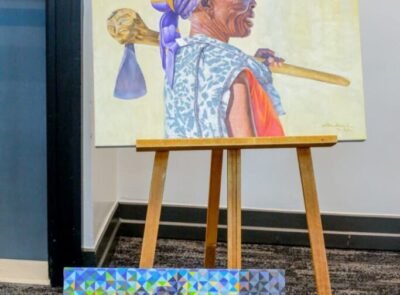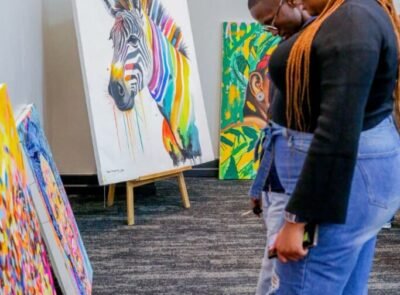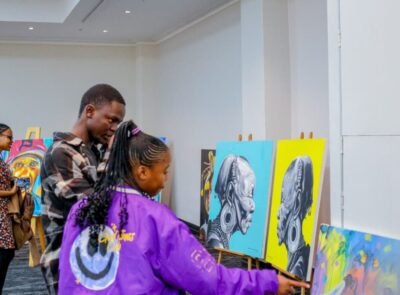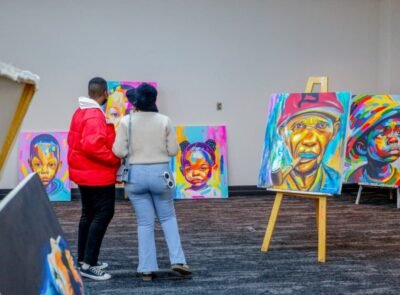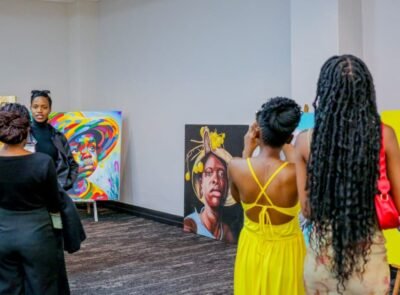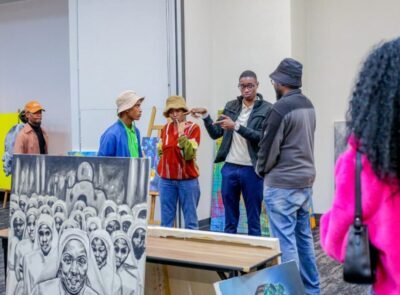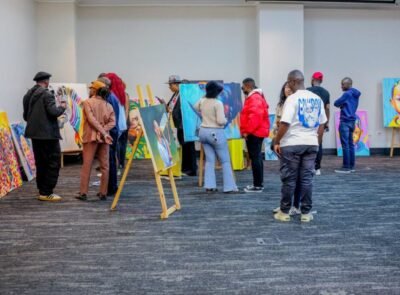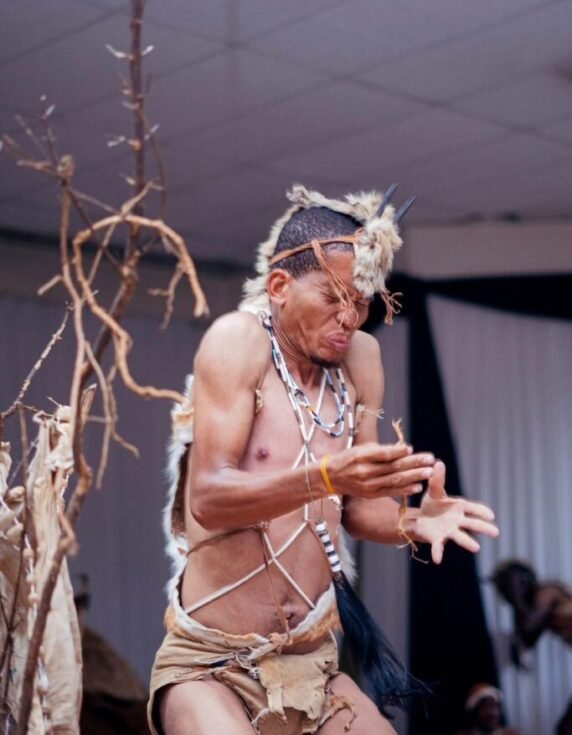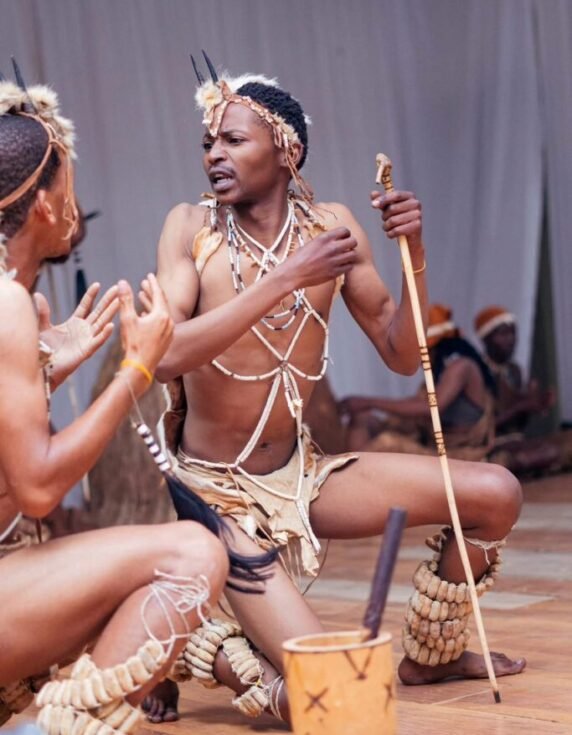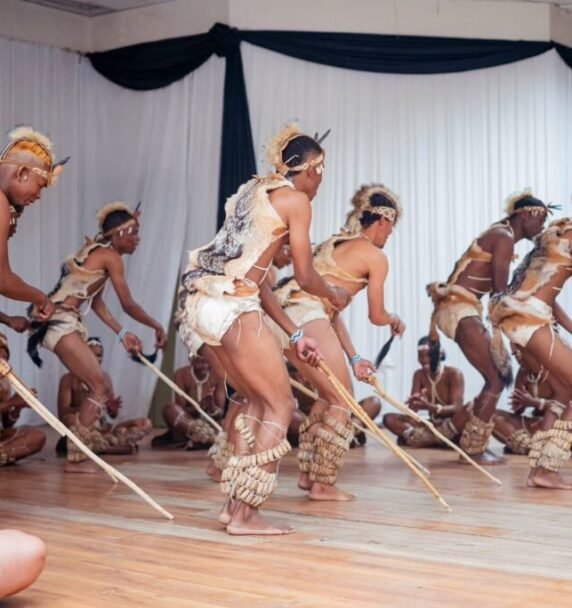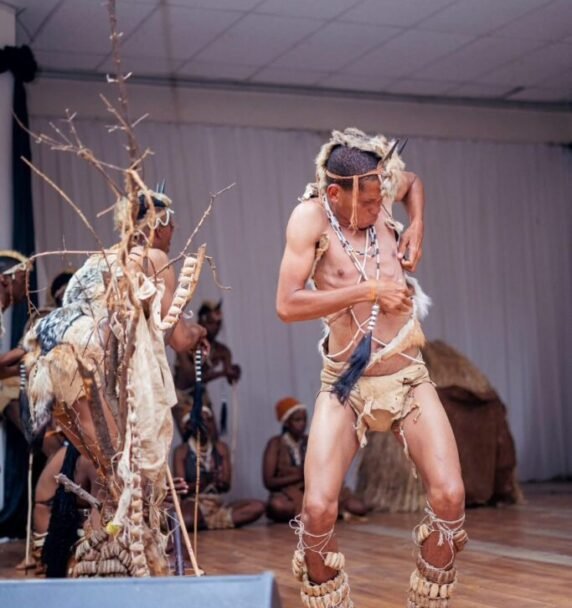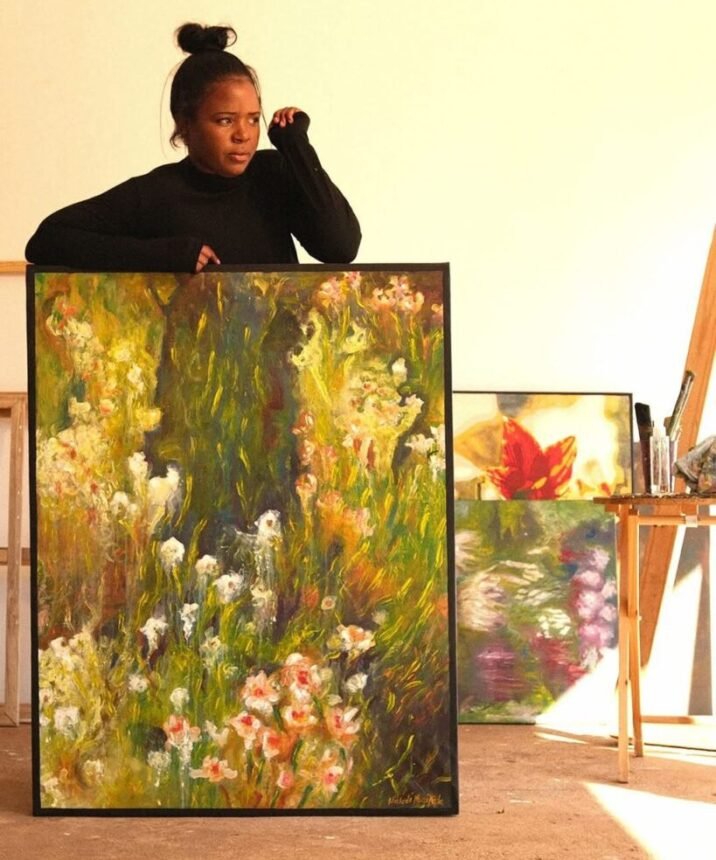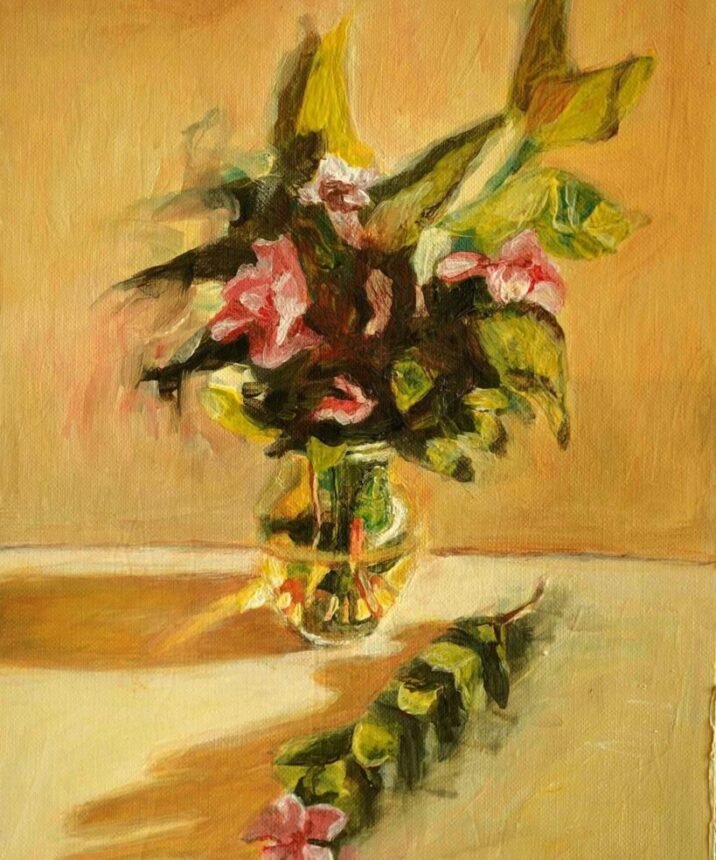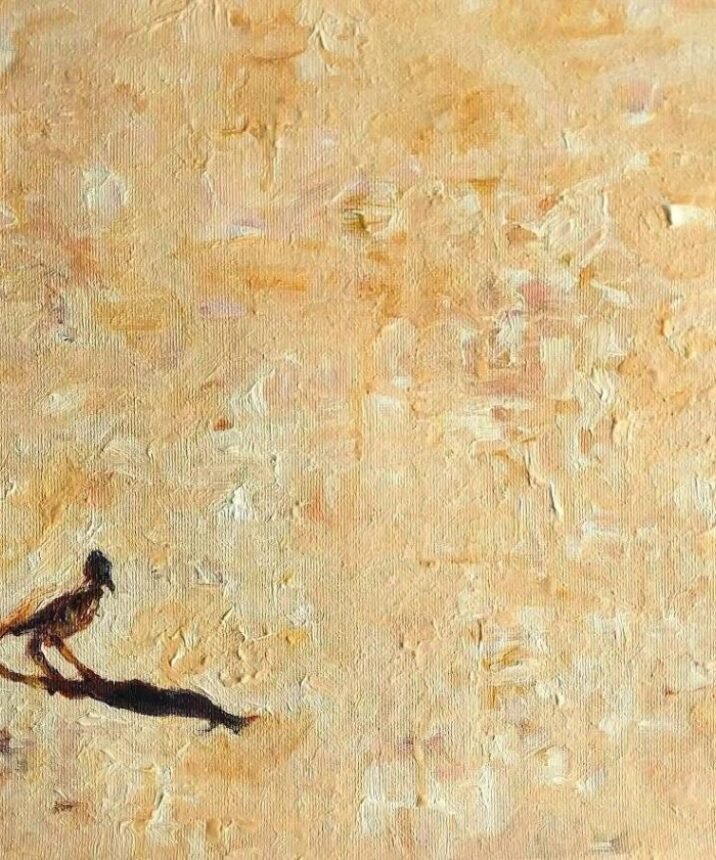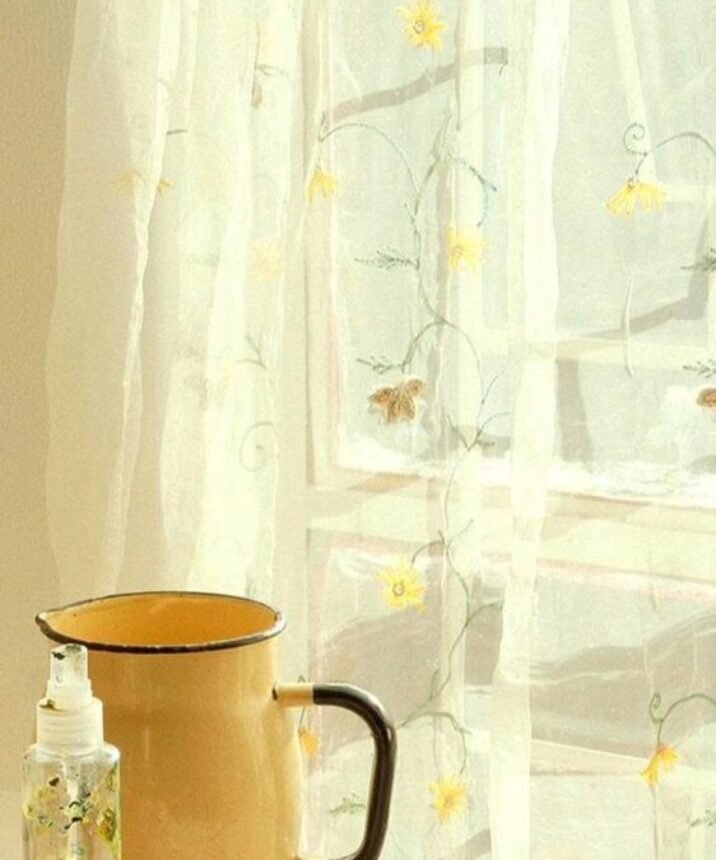Localthreads.online
Posts by Katlego Kegamakalo:
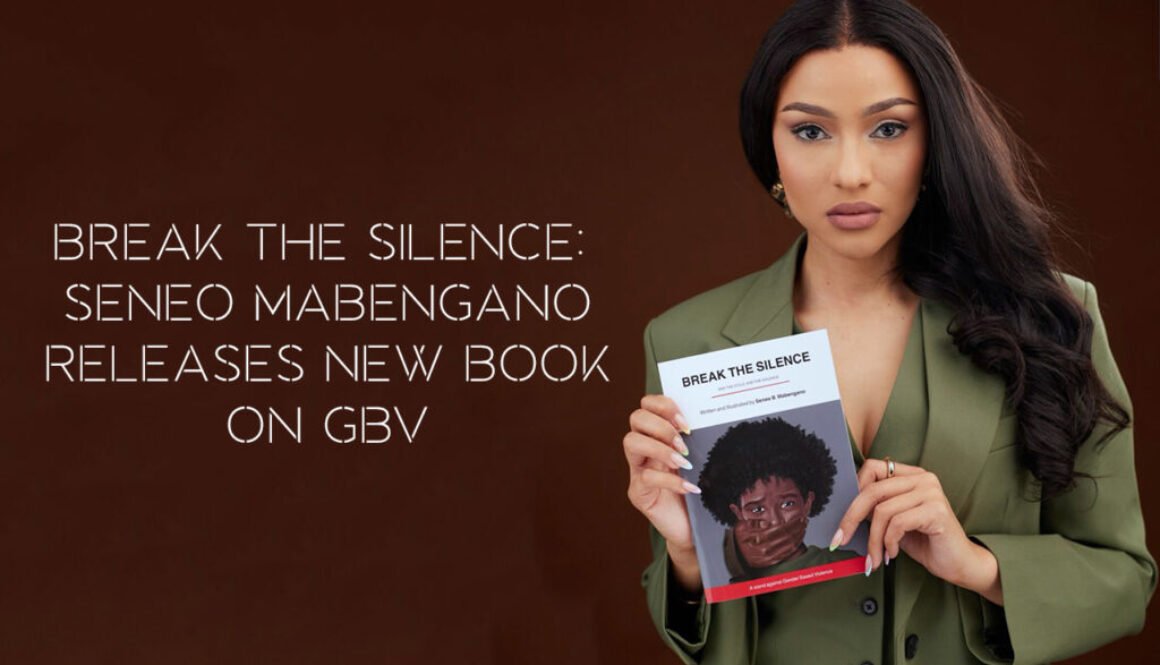
Seneo Mabegano breaks the silence
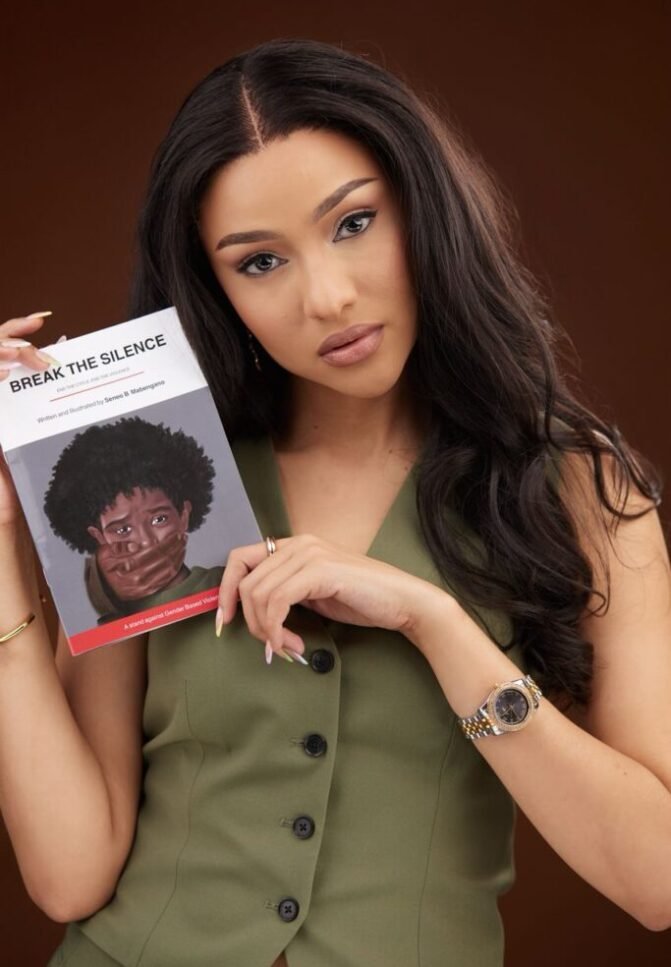
Author, actress, and advocate Seneo Mabengano has released her new book, Break the Silence
A powerful illustrated storybook aimed at tackling the urgent crisis of gender-based violence (GBV). The book is more than a narrative; it’s a call to action designed to empower survivors and the entire nation of Botswana to confront this overwhelming issue.
Break the Silence provides a voice for those who have been silenced, overlooked, and forgotten. Through courageous storytelling, the book exposes the harsh realities of GBV while offering hope, healing, and empowerment. Mabengano’s vision is to reach even the most remote parts of Botswana, where abuse often remains a hidden reality. A crucial feature of the book is that each copy includes helpline numbers on the back cover, providing immediate support for anyone in danger.
Mabengano emphasizes that addressing GBV is a collective responsibility. She is appealing to private and government institutions to purchase copies of Break the Silence for schools across the country. By making this storybook accessible to young people, organizations can help spark early dialogue, nurture empathy, and create a safe space for children and teenagers to speak up against abuse.
Mabengano’s long-term vision is for the book to be included in the school curriculum nationwide. This would ensure that young people grow up understanding that GBV in any form is wrong and must be reported. Reading and discussing the book in classrooms would help dismantle the culture of silence and create a generation that refuses to normalize abuse.
The launch of Break the Silence is the beginning of a nationwide campaign to educate and empower the public. It is a powerful message for individuals, communities, and institutions to unite and work together to create lasting change. The book is available in both Setswana and English.


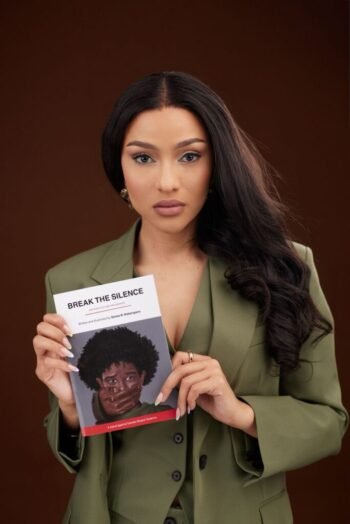

Popular food contest cements social media influence
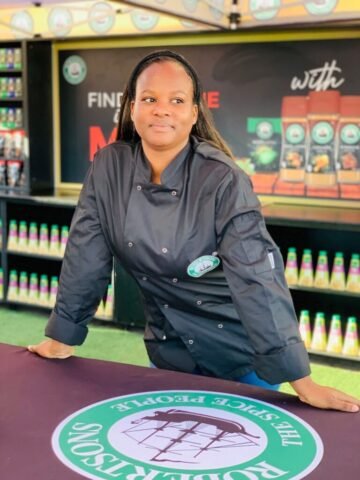
This week, social media influencers proved a powerful point: their collective voice speaks volumes. In a trending food contest, they rallied behind a single contestant, demonstrating their ability to influence narratives, direct outcomes, and ultimately, win.
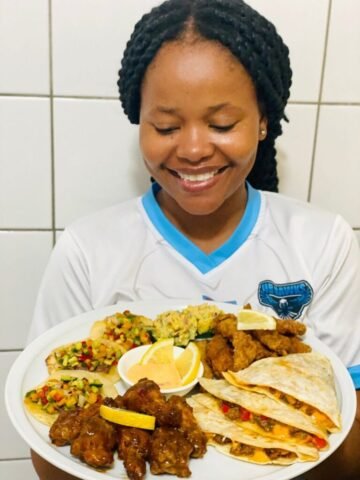
The second week of the challenge, however, turned into a full-fledged social media battle. The competition was fierce between contestants Kemelo Morupisi, who initially took the lead, and Ethel Olebetse.
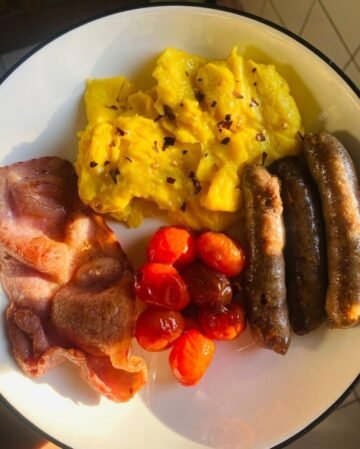
It was a coordinated effort that led to a massive comeback. Morupisi, who had garnered 29,000 “wow” reactions, was eventually overtaken by Olebetse, who won with 33,000 “like” reactions.
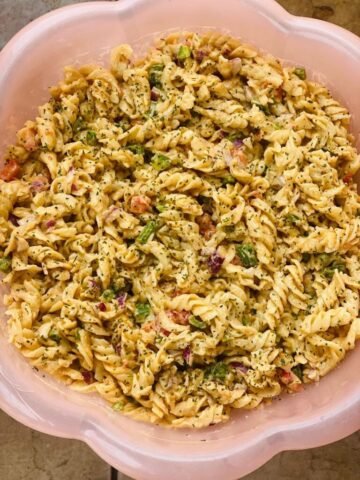
The Hisense Ultimate Cook-Off Challenge, a “game night inspired” competition, became a fascinating case study in the power of digital influence. The rules were simple: contestants had to create a game night dish, snap a selfie with it, and post it online with specific hashtags to win a share of P60,000 in prizes and a spot in the live cook-off finale.

A host of well-known influencers, including Hey Nyenah, LebGee, and Ryan Ramonyepele, threw their support behind Olebetse. They treated the contest like an organized sports tournament, with one influencer even saying they were “attacking and middle fielding with the best.”
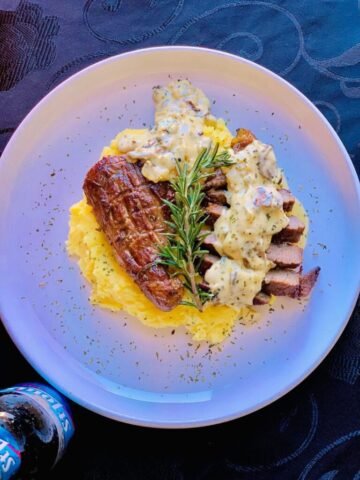
The outcome sparked a heated debate online. Critics argued that Olebetse’s win was not based on merit but on popularity and her connections with influencers. “Votes do not make a perfect chef,” one social media user commented. “Skills, passion and consistency do.”
They praised Morupisi as a “brand” whose name carries weight due to her hard work and unique culinary touch. Others, however, defended the win, stating that the contest was a popularity contest from the start and that it was simply a matter of who could mobilize the most support.
Regardless of the controversy, the strategy worked. Ethel Olebetse won an 8.6-liter Hisense Airfryer and, more importantly, secured her ticket to the live cook-off finale. The event raised a bigger question about the nature of modern competitions: are they about genuine skill or the ability to leverage a social media following?
The diverse opinions online show that in the world of digital influence, everyone has their favorite, and the lines between skill, popularity, and genuine support have become hilariously blurred.

Palesa Molefe travels for fun
FROM CATWALK TO TRAVELLING: Palesa Molefe’s new adventure
Palesa Molefe, the dynamic Miss Botswana 2021, has gracefully transitioned from the world of pageantry to a new and exciting role as a travel influencer. Known for her work as an actress, producer, and social issues activist, she is now living her dream of promoting domestic tourism and sharing her love for travel through her new series, “Palesa’s Travel Pocket Series.”
Palesa has been a long-standing partner of the Botswana Tourism Organization (BTO), exploring the country’s most spectacular destinations. She has journeyed to the Okavango Delta and the Kgalagadi region, experiencing Botswana’s stunning landscapes, diverse wildlife, and tough terrains firsthand. Her adventures have included major BTO events like the Khawa Dune Challenge and the Makgadikgadi Epic.


In her new series, Palesa is dedicated to guiding fellow Batswana on their own local adventures. She shares her experiences and provides honest reviews to help viewers feel comfortable and eager to plan their next trip. “Botswana is one of the best tourism destinations in the entire world, so it has to start with us as Batswana exploring what our country has to offer,” she explains.
For the first episode of her series, Palesa took viewers on a tour of Atzaro, a luxury safari lodge located in the heart of the Okavango Delta. The journey itself was part of the experience, as she flew in a luxurious helicopter over a scenic route that she describes as “refreshing and quite extraordinary.”
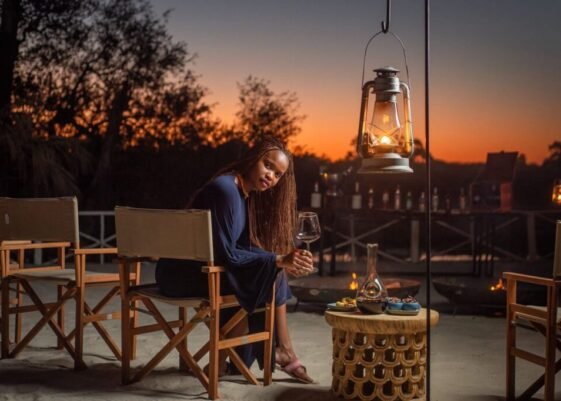

This breathtaking view of the Okavango Delta, with its network of waterways and diverse ecosystems, is something she believes everyone should experience to relieve stress.
Upon landing, Palesa was welcomed with a safari game drive en route to the lodge, offering an immediate taste of the wild. The staff at Atzaro greeted her and her entourage with a beautiful, unforgettable welcome of song, dance, and ululations, setting a vibrant and joyful tone for their stay. She recounts the experience with fondness, noting the contagious energy and beautiful smiles of the staff.
The lodge itself left a lasting impression, with its cool, spacious, and comfortable rooms, incredible furniture, and even an outdoor tub. But for Palesa, the highlight was the abundance of elephants she encountered, describing them as looking “so cool and happy.” It’s clear that Palesa Molefe is not just working; she’s living her dream, having fun while inspiring others to explore the incredible beauty that their own country has to offer.
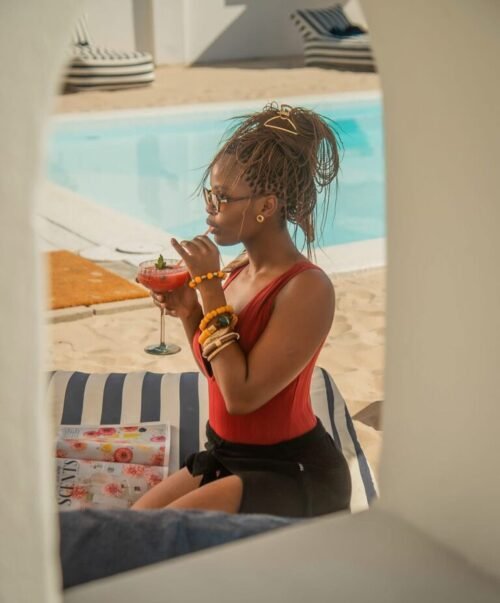
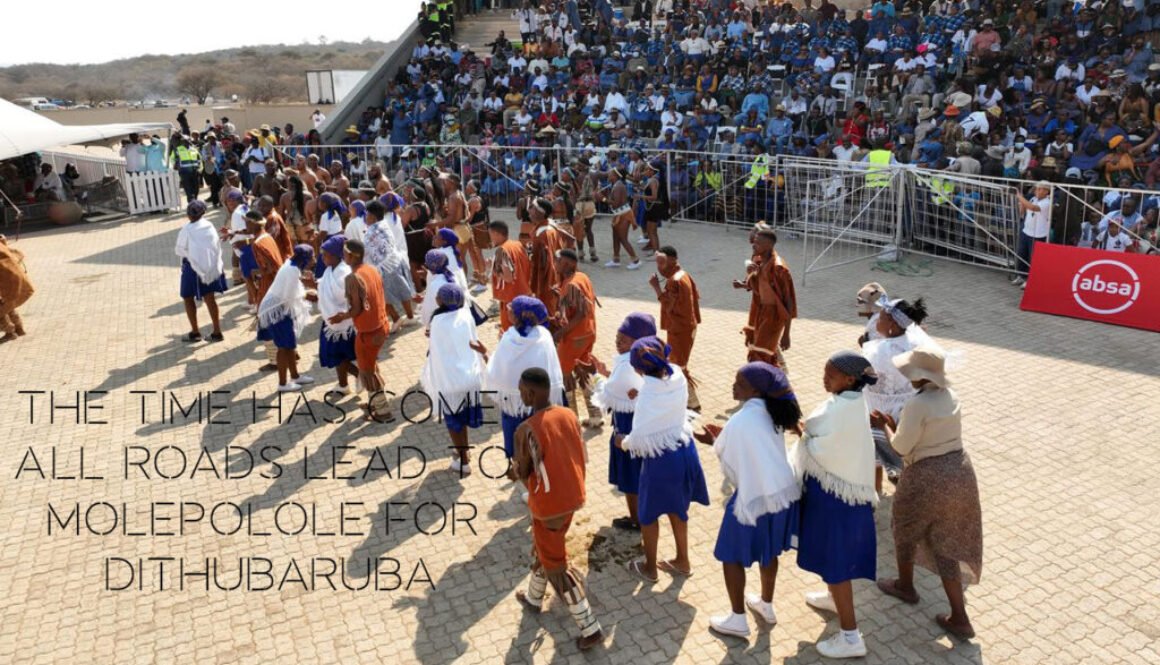
Dithubaruba cultural festival on the pipeline
THE TIME HAS COME: All roads lead to Molepolole for Dithubaruba
Culture enthusiasts, culture without borders activists and fun lovers are getting ready to immerse themselves in the vibrant traditions of the Bakwena tribe. On September 6th, all roads will lead to Molepolole for the much-anticipated Dithubaruba Cultural Festival. This isn’t just an ordinary event; it’s a powerful display of community, unity, and a rich cultural heritage expressed through food, dance, and music.
The festival’s main goal is to showcase the unique Bakwena culture, and the spotlight shines brightly on its traditional food. A beautiful spectacle awaits as women, dressed in traditional Leteisi and Tjale (Doek), parade with Ditlatlana (baskets) on their heads.
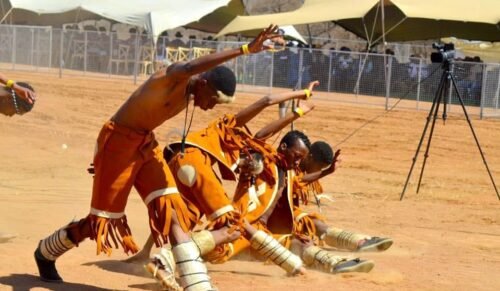
This parade, known as Dikgafela, is a colorful presentation of a good harvest, featuring organically grown foods like Mabele (sorghum), Morogo (wild greens), Dinawa (beans), and many others. It’s a feast for the eyes and a testament to the tribe’s connection to the land.
Meanwhile, men and boys will gather to prepare and serve traditional meat dishes, known as Nama ya Setswana. Prepared with great respect and love, the meat will be cooked in various styles, including Seswaa (pounded meat), Mokwetjepe, and Mokoto.
This gathering is more than just about food; it’s a vital cultural lesson for young men, teaching them the importance of providing for their families and community. The festival echoes the ancient roles of men as providers and hunters, a tradition shared by many cultures, including the San community.
The air will also be filled with the sounds of traditional music, including Dikwaere, a musical style especially famous in Molepolole and Mochudi. Various artists have been booked and sealed to perform, ensuring a lively atmosphere throughout the day. This year’s event is made possible with the support of Absa Bank, which has injected P250,000 over a three-year period.
Conceptualized in 2007, the Dithubaruba Cultural Festival was initially designed for the Bakwena tribe alone but has since embraced cultural diversity, welcoming various tribes to share their unique traditions.
The festival is a powerful reminder of history and an important platform for cultural preservation, as endorsed by Kgosi Kgari III, who says the event helps remember the forefathers who laid the foundation for them.
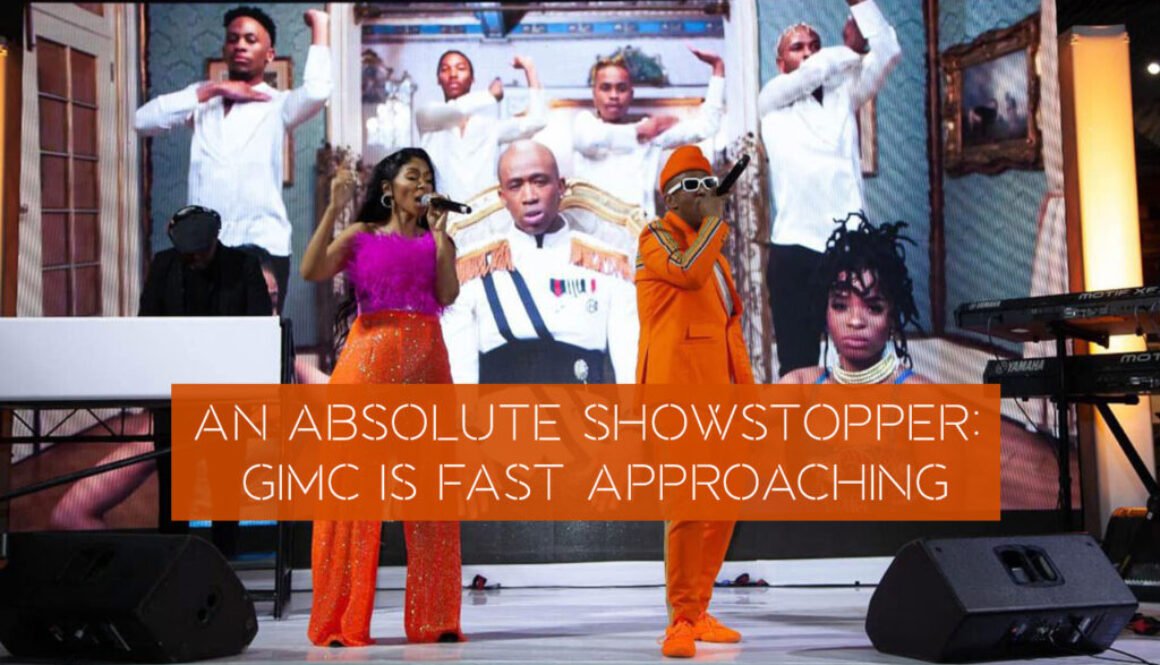
GIMC 2025 Spectacle fast approaching
Well, as it is a standard procedure, Southern Africa is getting ready for the biggest party in the region. The Gaborone International Music and Culture Week, or GIMC, is back and it’s going to be an absolute showstopper. For years, this week-long spectacle has been a major player in the creative and entertainment scene, and this year, it’s set to knock socks off.
From networking to art, music to fashion, GIMC has everything, and fans are champing at the bit to see what the 2025 edition has in store. Everyone is feeling optimistic that this year will be one for the books, promising maximum fun and incredible connections.
The festivities kick off with a bang at the GIMC Fitness Challenge on September 5th at The Grand Palm. This isn’t just about breaking a sweat; it’s a great opportunity to get in shape while also keeping mental health in check.
With top-tier instructors like Oliver, Nana, Carlos Dambe, and Kay leading sessions from pilates to functional aerobics, fitness fanatics will be able to kill two birds with one stone by shedding some fat and boosting their mind. Mo, Giddie, Charity, and Fitbae Bee will also be there to make sure they get a full-body workout that’s anything but boring.
The next day, things get even more exciting with the Jazz Festival at the Bojanala Waterfront. This event is a favorite among the mature crowd, and last year’s festival was so great that it’s going to be déjà vu all over again. They will be dancing the night away to electrifying performances from legends like South African pop group Mafikizolo, who have been making hit songs for over 28 years.
The bubbly Lira, who continues to show up and shine despite recently surviving a stroke, will also be there to mesmerize the crowd. The impressive lineup also includes Encore, Women of Jazz, DJ Lefatshe, Sereetsi and the Natives, and WDP.
On Sunday, it’s all about glamour at the GIMC Champagne Picnic. This intimate and exquisite affair is for the A-list celebrities and high-end fashion lovers who truly march to the beat of their own drum.
Here, the fashion bar is set incredibly high, and if one’s outfit is subpar, the fashion police will be out to make sure they’re not a fish out of water. Fashionistas from across the country will be dressed to the nines, and only the most incredible pieces will be featured on blogs. South African singer and songwriter Russell Zuma will be there to serenade the stylish crowd. If you’re a fashion lover, you’ll be in your element.
The fun doesn’t stop there. The GIMC Comedy Night is all about uncontrolled laughter and good vibes. Mdala Ka Tje will host the all-male show, featuring hilarious comedians like Tips Shampoo, Phenyo the Master, Brian Sibanda, Vha Lyod, and Kgafela.
The competition is incredibly tight, and with jokes flying all over the place, it’s no laughing matter who will be crowned the funniest. This is a show where the comics will truly have the audience in the palm of their hands.
Finally, after all the festivities, the GIMC Music Festival will wrap things up. It’s music to everyone’s ears to know that all of GIMC is dedicated to supporting the creative industry and giving local artists a platform to shine.
Fans will have an all-access pass to a huge variety of entertainment from some of the most creative minds in the region. This is a week where everything just falls into place, and fun lovers can all come together to celebrate their shared passion for culture and entertainment. So, if you’ve been on the fence about going, now is the time to bite the bullet and get your tickets. You won’t regret it!
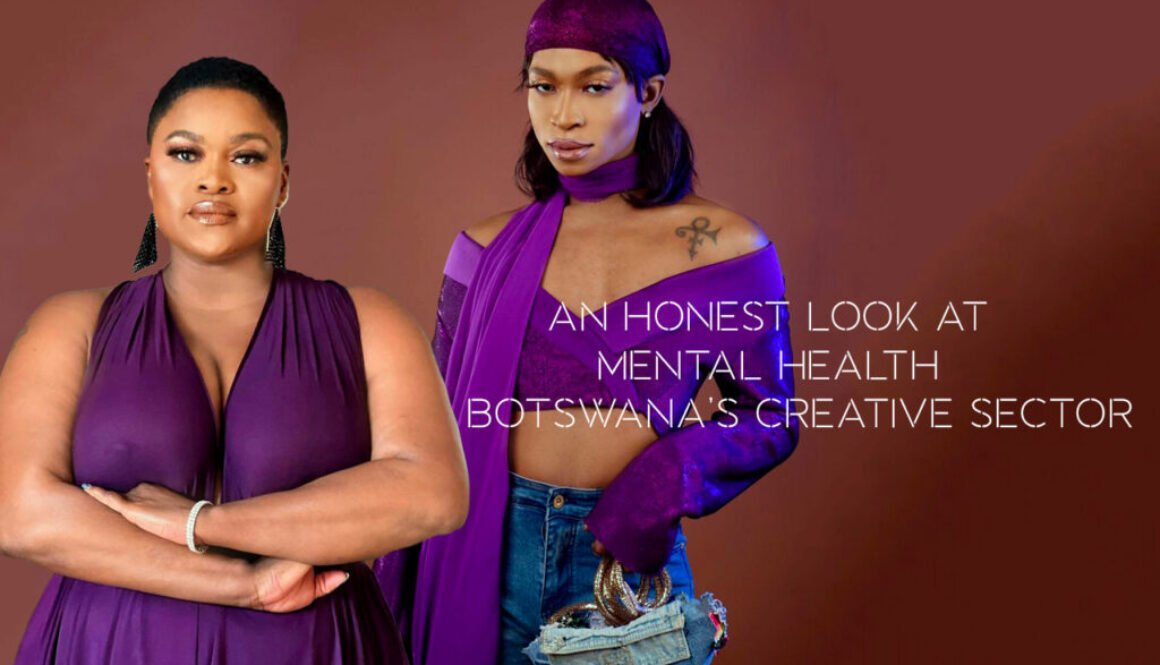
Who is there to save artists and creative minds…
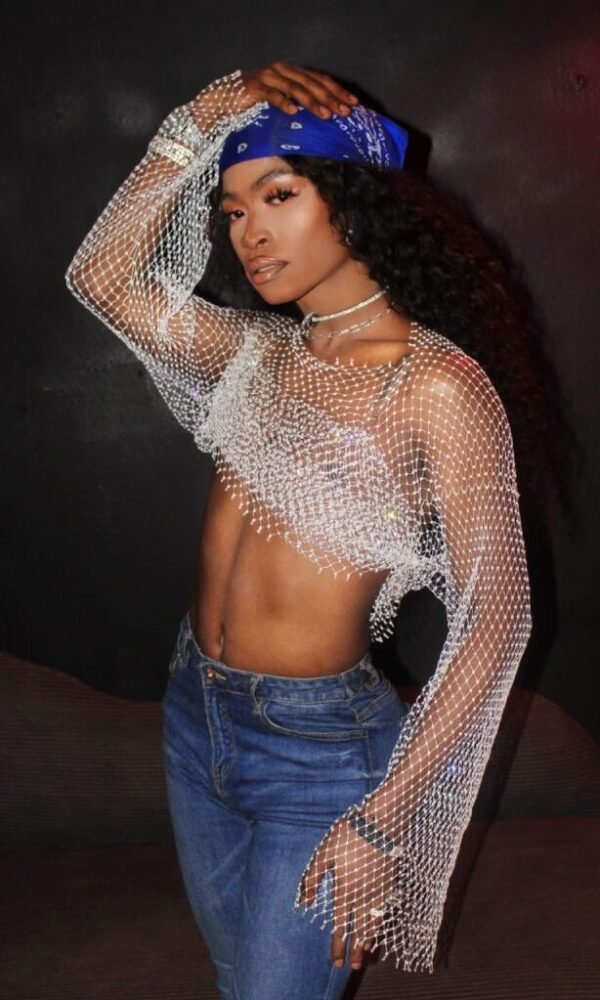
The question of whether Botswana’s creative minds are being left to struggle with mental health is a heavy one, with no easy answers. Is it a systemic failure, an issue of individual responsibility, or a combination of both?
The reality is complex, but one thing is clear: depression, anxiety, and stress continue to take a toll on the lives of artists, dancers, writers, and others in the creative industries.
Local Threads Magazine took a look into this troubling pattern: creatives facing financial instability and career setbacks often turn to unhealthy coping mechanisms like substance abuse.
This can lead to a vicious cycle of addiction, compromised mental and physical health, strained relationships, and overwhelming debt. The pressure to keep up with the success of peers only adds to the immense stress.
While the article touches on the idea of individual accountability, “The choice to dust oneself up is entirely on each creative,” it also points to a broader need for systemic support.
It suggests that government and organizations like the National Arts Council Botswana (NACB) have a role to play. Programs such as the NACB’s mobility funds and arts festivals are a step in the right direction, but are they enough?
When all is said and done, players should propose a dual approach to this crisis. It can come in two ways: government and organizational support. The government and existing organizations should create a more conducive environment for creatives to thrive. This includes offering financial assistance, funding projects, and consistently engaging them for services.
At the same breath, it also speaks to individual responsibility. Creatives must also take charge of their own well-being. This includes managing their finances responsibly, avoiding lifestyles they can’t afford, and steering clear of substance abuse. The message is a difficult but important one: it’s possible to start over, to “rise like a phoenix” from the ashes of struggle.
Ultimately, the solution likely lies in a collaborative effort. A strong support system can provide the tools and safety net needed, while individual responsibility empowers creatives to make healthy choices and build resilient careers.

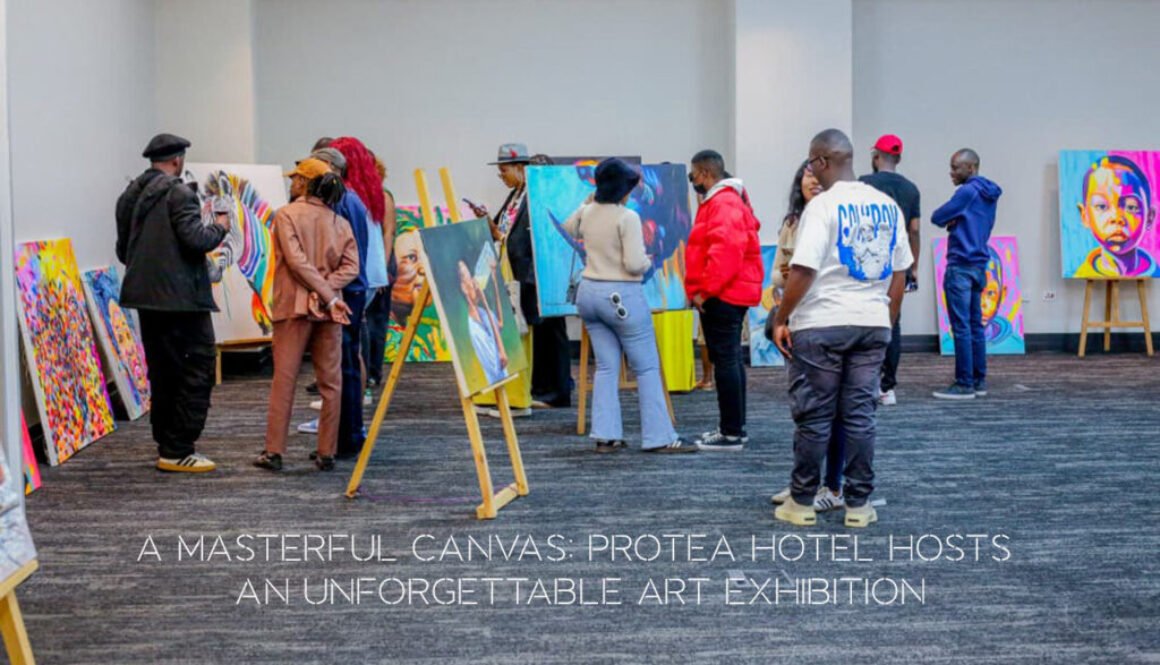
Protea Hotel hosts an intimate art exhibition
Protea Hotel by Marriott Gaborone Masa Square recently played host to an art exhibition that was, to put it mildly, a revelation. What was originally planned for the hotel’s piazza was moved indoors due to an unseasonable blustery day, but it was a blessing in disguise, as attendees were treated to a cozy and intimate affair.
It was a brotherhood of brushes; the event showcased the magnificent works of legendary artist Wilson Ngoni, who served as a mentor to two rising stars, Prince Tom and Ronald Kegomoditswe (Ron De Artist). The hotel truly went the extra mile to support local talent, giving them a platform to shine like a diamond and get their art out into the world.
The conference center was transformed into a gallery, with each artist curating their own space. It was a visual feast, with artworks of all sizes and colors, from bright as a button to more muted tones.
While conversations buzzed in the background, art lovers drank in the beauty of the pieces. Wilson Ngoni took center stage, sharing his journey and offering a lecture on life as an artist in Botswana.
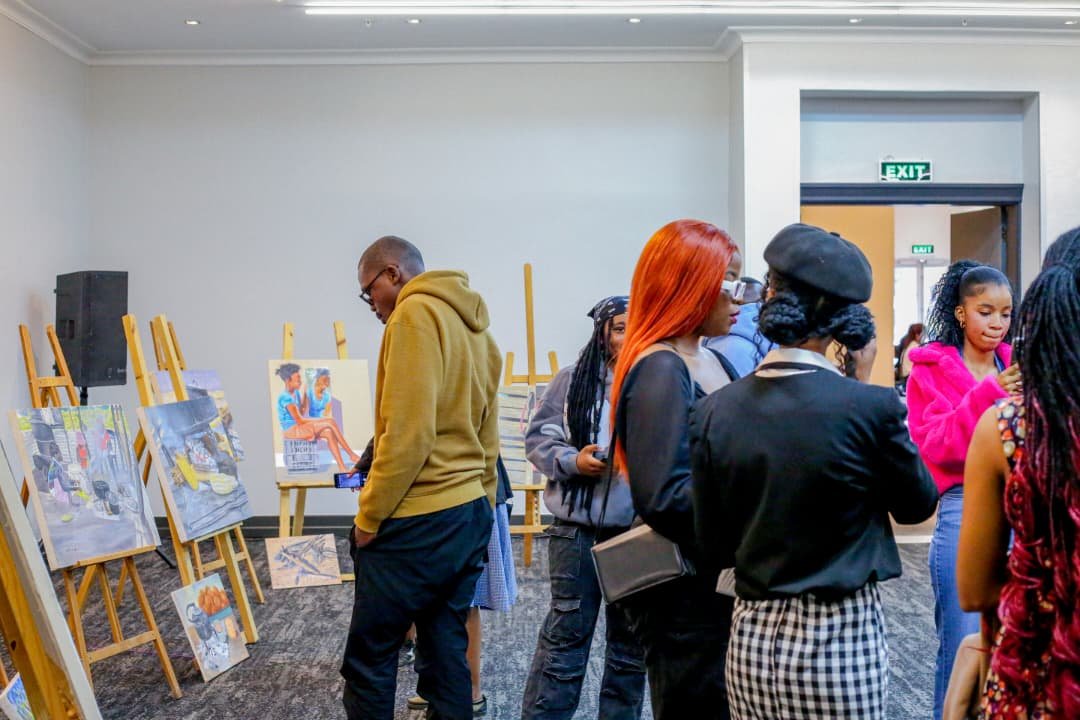
He was not pulling any punches as he spoke about the difficulties of selling art locally. He made it clear that while food budgets are a given, art is often seen as an unnecessary luxury, a truth that is a hard pill to swallow for many in the creative industry.
Despite the challenges, the works on display were nothing short of out of this world. The passion and dedication of these artists were evident in every stroke. Ron De Artist’s pieces, with their vibrant colors and focus on faces and animals, were a true pop of color and left a lasting impression.
He even admitted to having a soft spot for orange, a detail he was unaware of until it was pointed out. Ngoni’s art, on the other hand, was a trip down memory lane, depicting the traditional life of the Batswana people with familiar items like matshego, mmidi (maize), dinawa (beans), and a pitsana ya setswana (traditional cooking pot). His work was a testament to his roots, a tribute to the self-sufficient nature of the Batswana.
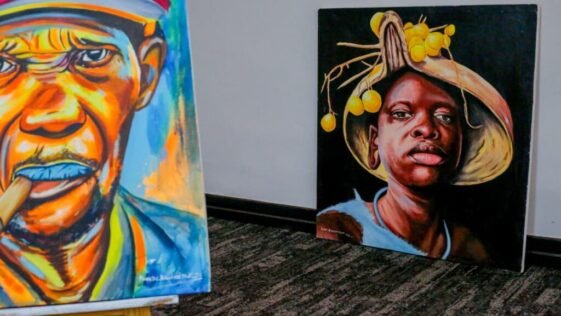
As the day progressed, the atmosphere was one of celebration. Guests sipped on beverages and rubbed shoulders with the artists, sharing in the collective appreciation of art. The cameras were out in full force, capturing every moment and preserving the magic of the day.
It was a beautiful thing to witness, a true show of support for local artists. The turnout was incredible, and by all accounts, the event was a huge success. Protea Hotel and these talented artists knocked it out of the park, proving that with the right support, local art can not only thrive but also make a significant impact.
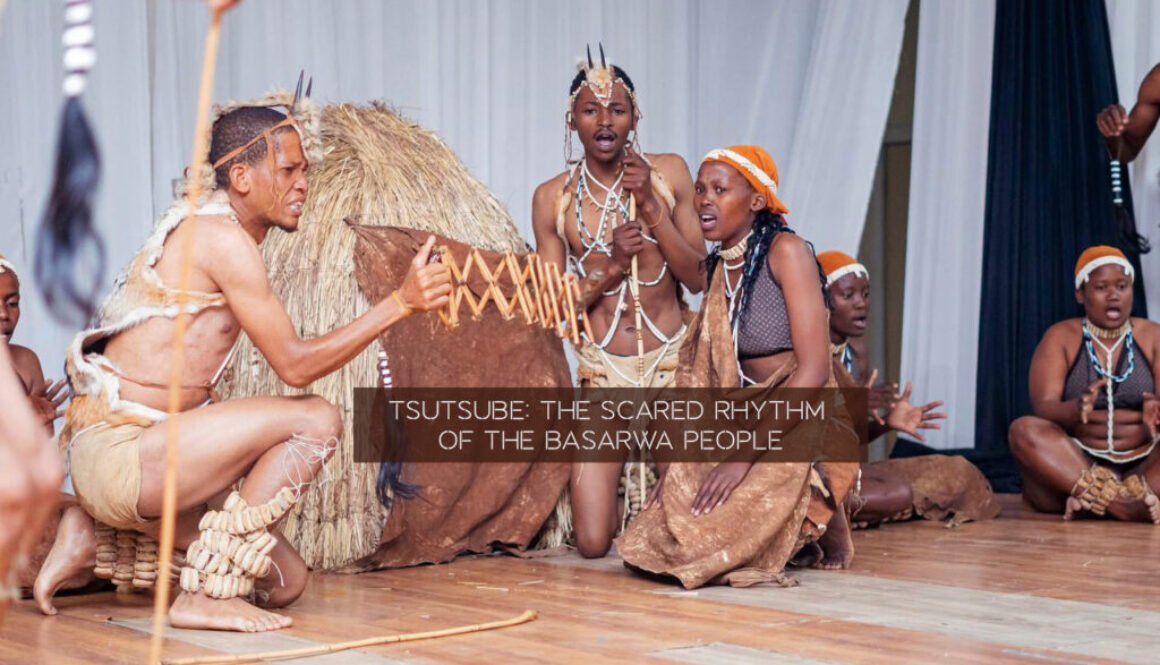
Basarwa finds contentment in Tsutsube dance
Botswana’s cultural heritage is quite a vibrant tapestry, where dance stands out as a powerful thread of identity and unity. While various ethnic groups find their rhythm in unique styles, from the synchronized movements of the Bakgatla’s Dikwaere to the energetic steps of Setapa, the graceful sway of Phatisi, and the delightful bounce of the Kgalagadi’s Polka, the Basarwa people have their own deeply spiritual expression: Tsutsube.
For the Basarwa, this is more than just a dance; it is a sacred ritual with four distinct categories: the first kill, puberty, marriage, and trance. The trance dance in particular serves a profound purpose, allowing dancers to engage with the spirits of their ancestors for healing and guidance. It is a powerful connection to the past, a spiritual lifeline that keeps their traditions alive.
In D’Kar, a small settlement in the Ghanzi region, the Kuru A Boo dance group has mastered the art of Tsutsube. These dancers, in perfect unison, move with breathtaking precision.
With small wooden sticks in hand, they create a mesmerizing spectacle, their focus and concentration a testament to their dedication. Their attire, a work of art in itself, is adorned with necklaces and beads crafted from carefully cut ostrich eggshells.
The women wear Matlalo, skirts made from animal skins, while the boys are similarly attired. The group’s leader, a revered figure, stands out with a jackal skin draped across his back, a symbol of respect and leadership.
Even if you can’t understand the songs, the melodies and the perfectly timed hand claps will transport you to a different world. The music is an ethereal soundscape, carrying the audience away on a wave of pure emotion.
During or after a performance, it is not uncommon for a dancer to enter a trance, a spiritual encounter with their ancestors. To an outsider, this might be a shocking sight, but to the Basarwa, it is a normal and honored part of their culture. It is a beautiful display of faith and a deep belief in traditional medicine and the wisdom of their Badimo (ancestors).
In a place where poverty is a daily reality, Tsutsube has become a lifeline for many young people. Through groups like Kuru A Boo, they have a way to make a living by performing at public and private events.
This artistry is not just preserving their culture; it is also a powerful tool for empowerment. It gives them a purpose and a path away from social ills like teenage pregnancy, substance abuse, and crime.
Tsutsube is a beautiful display of art and resilience, a testament to the enduring spirit of the Basarwa people. It is a dance that is here to stay, a vibrant part of their identity that brings joy, purpose, and hope to a new generation.
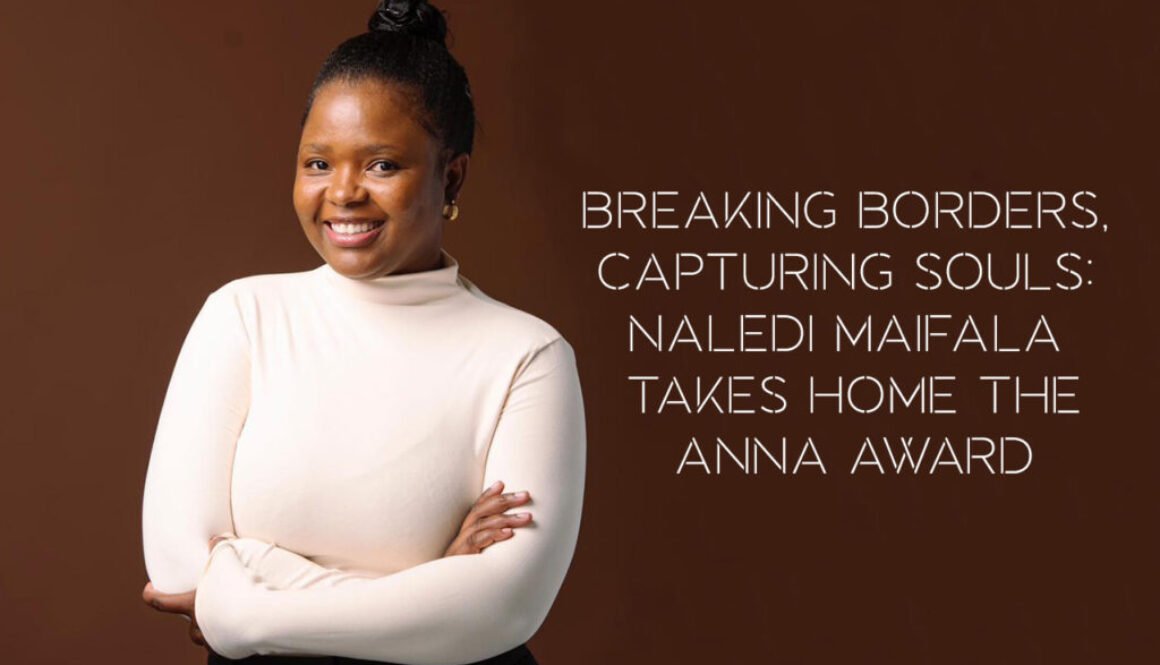
Naledi Maifala wins ANNA Award 2025
In a turn of events that feels like a fairy tale, ReCurate is on cloud nine, having just seen one of its own, the phenomenal Botswana-based artist Naledi Maifala, crowned the winner of the prestigious 2025 ANNA Award.
This is a real feather in her cap, and it’s a moment we’ve all been waiting for, a true game changer for both Maifala and the contemporary art scene blossoming in Botswana. We’re over the moon to have her as part of our growing family of artists.
This win is the cherry on top of an already fantastic year for Maifala, which saw her wowing audiences at the RMB Latitudes Art Fair 2025. There, as part of the “Botswana Focus” pavilion, her miniature neo-impressionistic paintings went down a storm, proving that her unique vision has international appeal.
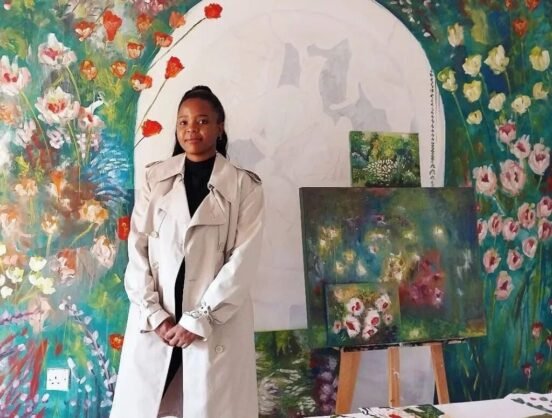
The ANNA Award, brought to life by Latitudes and ANNA Pure Organic, is a glittering prize dedicated to unearthing and championing the next generation of women artists across the African continent. Now in its fourth year, the award is a testament to the commitment of both female-led South African brands to empower women in the creative industry.
The top prize is nothing to sneeze at: a healthy cash prize, a residency with the SAFFCA Foundation, a solo showcase at the 2026 RMB Latitudes Art Fair, and inclusion in the ANNA Award Collection. Maifala’s winning work, which explores themes of stillness and contentment, was a breath of fresh air for the judges.
They were all in on her work, praising its quiet power and its deep attentiveness to the everyday. She’s an artist who marches to the beat of her own drum, finding profound meaning in the fleeting and intimate moments of life.
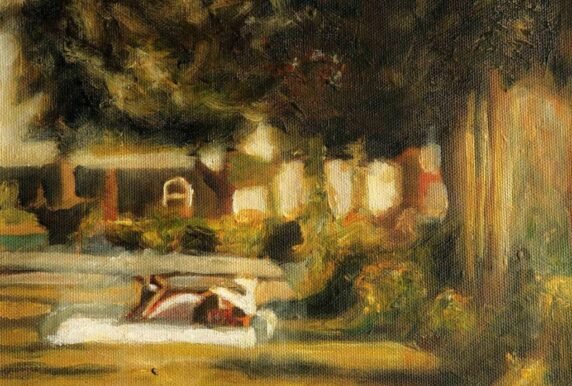
“I feel deeply humbled by this award. Truly, with God, anything is possible,” Maifala shared. “This is a significant step forward in my career, especially as Botswana continues to find its feet in the art market. It has encouraged me to think bigger, beyond borders and I hope it also inspires other artists to recognize their own potential to connect with audiences in other countries, and to seek out platforms that allow them to share their skills and talents. I want to sincerely thank Latitude Online, Anna Pure Organics, and ReCurate for the incredible spaces they have created within the art ecosystem. We need platforms like these to share our stories, network, and grow our art businesses.”
ReCurate Founder, Renée Eisen-Khonat says “This year, ReCurate has been going full throttle, with the goal of discovering and nurturing new, young artists. In March 2025, we sent out a call for artists to have their portfolios reviewed, offering constructive feedback and hoping to meet new artists who had the potential for immediate representation.”
“We called this mission ReCurate’s Rising Stars, and it was at this portfolio review day that we hit the jackpot, meeting a true rising star in the person of Naledi Maifala. Her work was love at first sight for us. We knew she had the secret sauce, beautiful technical abilities and, more importantly, a message behind her works that held so much soul and warmth. It was a no-brainer to work with her, and we haven’t looked back since.”
